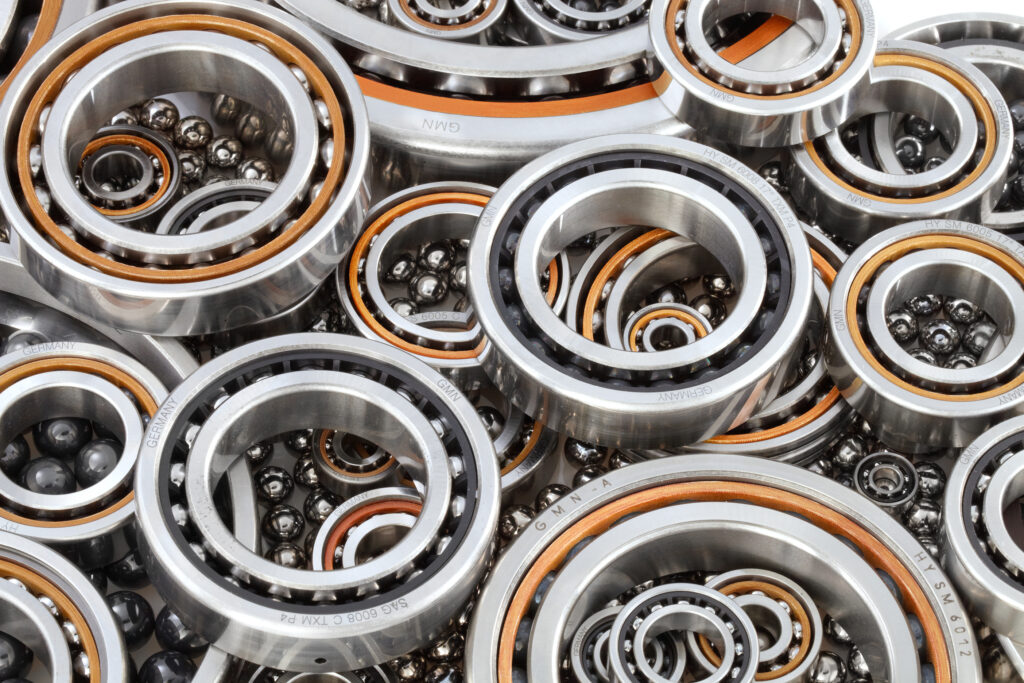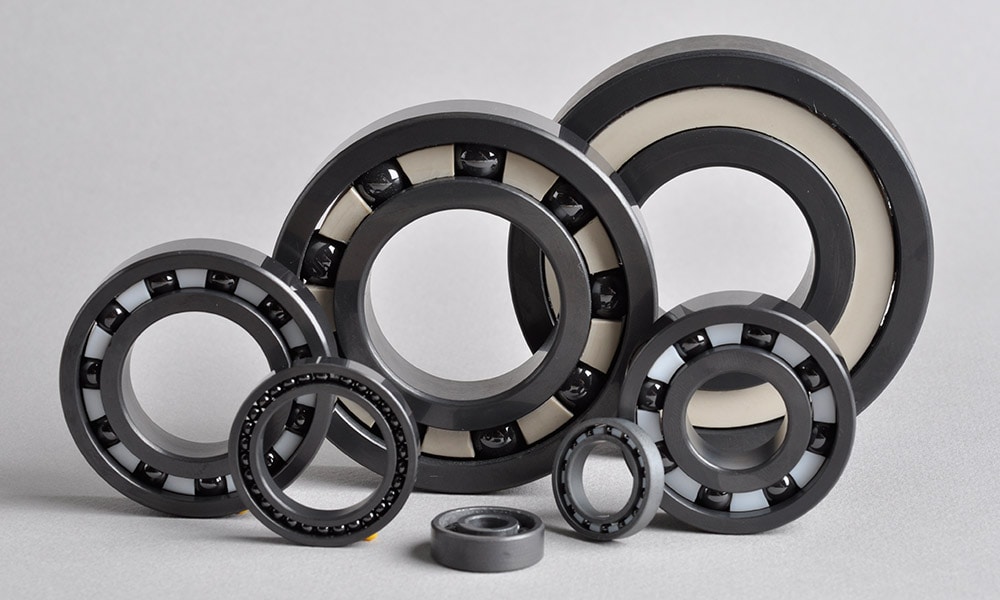Ceramic bearings and steel bearings are both popular choices for use in a variety of applications. In this article, we’ll take a look at the differences between ceramic and steel bearings and explore which type of bearing is best for different applications. We’ll also discuss the potential impact of steel bearings on performance and offer some advice for choosing the right bearing.
Summary
Ceramic bearings and steel bearings are both popular choices for use in a variety of applications. Ceramic bearings are lighter and more durable than steel bearings, but they are also more expensive. Steel ones are more affordable and offer better performance in some applications, but they are also heavier and more prone to wear. Before choosing a bearing, it is important to consider the application and the potential impact of steel bearing on performance.

What are Ceramic Bearings?
Ceramic bearings are bearings that use ceramic materials instead of steel for the bearing surfaces. Ceramic bearings are lighter and more durable than steel ones, and they can also operate at higher speeds and temperatures.
However, ceramic bearings are also more expensive than steel bearings, and they can be more difficult to install. In addition, ceramic bearings are not as strong as steel bearings, so they may not be suitable for some applications.
What are Steel Bearings?
Steel bearings are bearings that use steel materials for the bearing surfaces. Steel ones are more affordable than ceramic bearings and offer better performance in some applications.
However, steel bearings are also heavier and more prone to wear than ceramic bearings. In addition, steel bearings may not be suitable for high-speed or high-temperature applications.
Which Type of Bearing is Best for Different Applications?
The type of bearing that is best for a particular application depends on the application and the desired performance. In general, ceramic bearings are best for high-speed or high-temperature applications, while steel bearings are best for applications that require strength and durability.
It is also important to consider the potential impact of steel ones on performance. Steel bearings can add weight and reduce performance, so it is important to choose the right bearing for the application.

Advice for Choosing the Right Bearing
Choosing the right bearing for an application can be a difficult task, as there are many factors to consider. Before choosing a bearing, it is important to consider the application and the desired performance.
It is also important to consider the potential impact of steel bearings on performance. Steel bearings can add weight and reduce performance, so it is important to choose the right bearing for the application.
Finally, it is also important to consider the cost of the bearing. Ceramic bearings are more expensive than steel bearings, so it is important to weigh the cost against the performance benefits.

Conclusion
Ceramic bearings and steel bearings are both popular choices for use in a variety of applications. Ceramic bearings are lighter and more durable than steel ones, but they are also more expensive. Steel bearings are more affordable and offer better performance in some applications, but they are also heavier and more prone to wear. Before choosing a bearing, it is important to consider the application and the potential impact of steel bearing on performance.